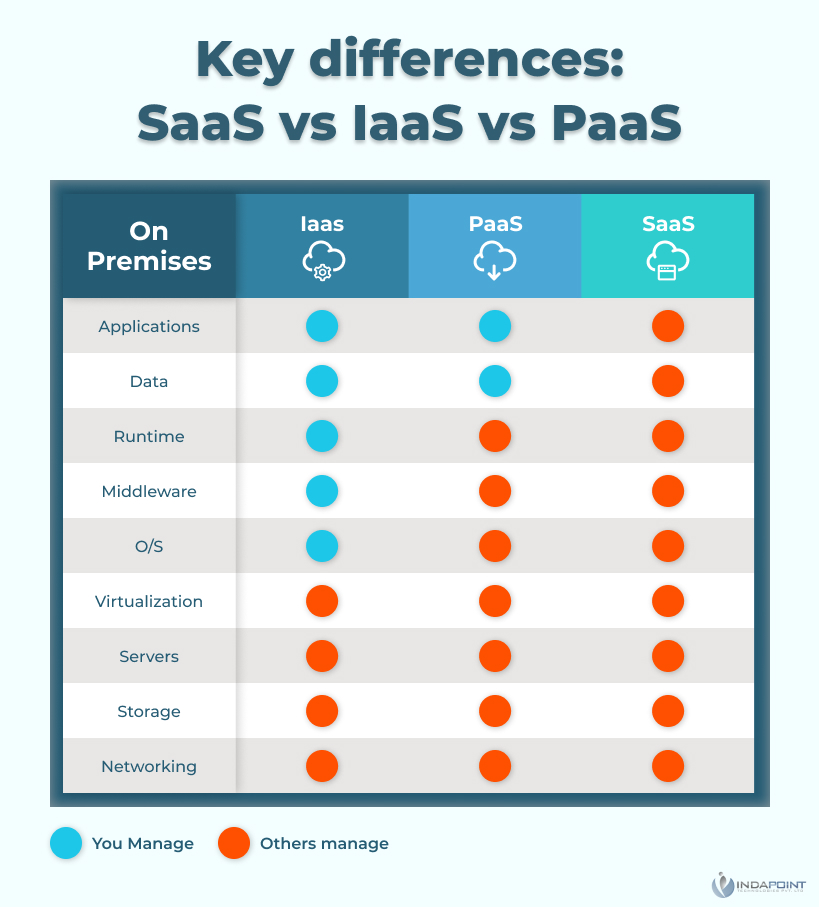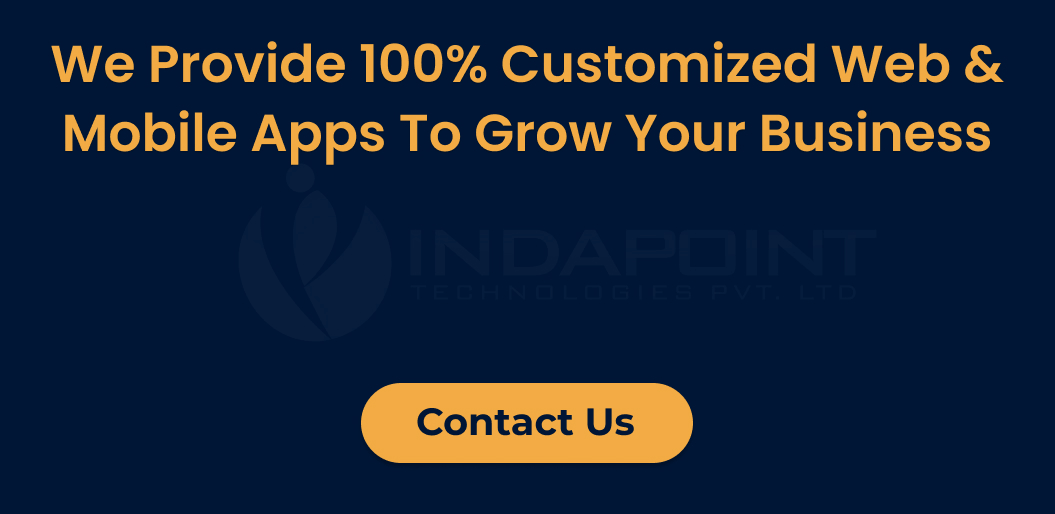Cloud Service Models SaaS, IaaS, PaaS – Choose the Right One for Your Business
March 22, 2022
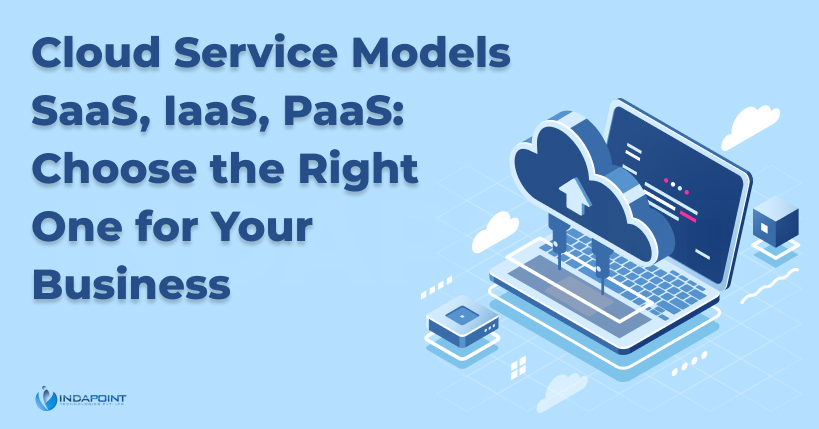
Cloud services are in higher demand for future businesses in this age of personalisation and specialisation. Every firm has a finite amount of resources to invest strategically, which frequently forces them to make critical decisions about which business operations to keep in-house. One example is the rising demand for business process outsourcing units. Companies are now outsourcing the most fundamental activities such as payroll, recruitment, media marketing, and so on to better focus on their USP. With this growing tendency, another business unit that is gaining prominence is the Cloud service provider, which will soon be the most important service to be outsourced. With so many options available, organisations must match their cloud service models to their business requirements to gain a competitive edge in the market.
What Is Cloud Computing and What Does It Matter to You?
Cloud computing is a method for businesses to access critical resources such as cloud storage and databases over the internet without having to maintain physical data centres and servers.
Companies can rent anything from applications to infrastructure from a cloud service provider by deploying cloud computing and paying just for what they need. It is an Internet-based on-demand delivery of IT resources that allows businesses to avoid the upfront costs and complexity of purchasing and maintaining their own IT infrastructure. As a result, rather than purchasing software applications, platforms, or underlying infrastructure, businesses can use a cloud provider such as Amazon Web Services to access services directly (AWS).
Various Cloud Service Models Saas, IaaS, Paas
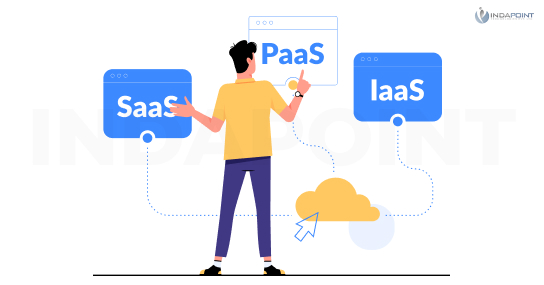
Cloud computing offers a variety of cloud deployment strategies to its clients. Software as a Service (SaaS), Platform as a Service (PaaS), and Infrastructure as a Service are three separate cloud service models (IaaS). Maturity models and the unique value chains that these business models offer for different sectors can be used to classify and evaluate them.
Software as a Service (SaaS)

Prebuilt, functionally independent, vertically integrated, and generally available applications like e-mail, human resource management, payroll processing, software testing as a service, database processing, and other application processes are all examples of SaaS. These are applications that are supplied to clients as services and used by them.
The following are examples of SaaS offerings:
It’s software that works in the same way as a hosted service and can be accessed via the Internet.
On a network, services typically operate behind a firewall and only use resources as needed.
It uses a pay-as-you-go delivery model.
Customers who employ this deployment strategy are usually trying to buy functionality and pay for it. Such services are sometimes completely free to the general public, such as networking programmes like Facebook and Gmail, which store e-mail attachments, images, and other data on a remotely accessible server. SaaS is a comprehensive warehouse where services range from inventory management to web-based e-mail, and in certain situations, online banking and database processing are included.
Infrastructure as a Service (IaaS)
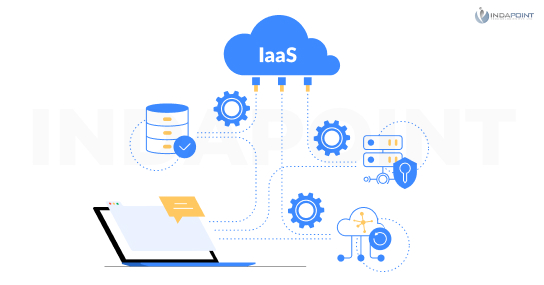
Infrastructure as a Service (IaaS) is a term that refers to hardware equipment including network devices, visualised servers, storage, and so on. It introduces businesses to a virtualized environment in which services ease the connection and operation of cloud platforms and applications. IaaS covers computing services in the form of a collection of virtual machines with storage, processing, and other related services, as well as network access. This allows several apps, each maintained by a different cloud consumer, to share real resources like servers and storage.
Following are some examples of IaaS services:
It offers a pool of highly available computing units, as well as data on use and chargeback.
Servers, software, data centre space, and network equipment are not required purchases for consumers.
As part of a fully outsourced service, customers might lease such resources.
What are the benefits of IaaS?
Though IaaS does not eliminate the necessity for an in-house IT group, it does dramatically lower IT spending. It provides the best option for a company when it comes to having complete control over their IT infrastructure because it allows for the most customization.
Platform as a Service (PaaS)
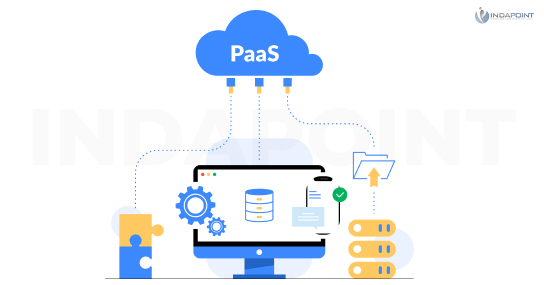
PaaS (Platform as a Service) is a cloud computing architecture that allows developers to create, execute, and manage commercial applications without having to maintain their software development infrastructure. Developers can get development tools, infrastructure, and operating systems from cloud service providers. As a result, because all tools and backend management are given by the cloud, application or product development is greatly simplified from the developer’s standpoint. This provides consumers with more flexibility and control over their products, while also removing the need for developers to install in-house hardware and software to develop or run a new app.
What are the Features of PaaS?
- If you need to communicate with several developers and vendors at the same time, PaaS is a great option.
- PaaS makes it simple to construct customised apps since it rents all of the necessary computing and networking resources. It streamlines the application development process and lowers the cost of development.
- It’s quick and adaptable, but it limits your control over data processing.
Why is it critical for businesses to select the right cloud service model?
Cloud computing has become an essential technology for different businesses due to the current boom of remote working, more video streaming applications, and increasing storage requirements. It has a lot of potentials and opens up a lot of business opportunities for companies that take this strategy.
Cloud computing eliminates the requirement for large investments in the capital – If your company doesn’t want to spend money on servers, networking equipment, or software licencing, you may always start small and scale up as your needs grow. Similarly, small and emerging enterprises may not be able to acquire the most recent versions of software or licencing, but cloud technologies enable them to access apps that can be effortlessly integrated with their existing systems.
The current economic climate and surroundings necessitate the ability to adapt swiftly to shifting situations and consumer demands. Companies can easily alter products, processes, and services based on cloud computing, making them more competitive.
Wrapping Up
Cloud technologies have enormous promise for flexibility, speed, and efficiency in all corporate operations and activities, making them a crucial aspect of businesses. Enterprises must rely on skilled cloud computing vendors that can address critical difficulties involved with seamlessly entering the cloud market. Cloud computing should not be viewed solely as a technique of gaining higher hardware and software cost savings. They are necessary for developing a business growth strategy that transforms a company’s total activity and, over time, leads to increased effectiveness and adaptability. If your company is seeking some fresh ideas on how to make the most of this cloud of new possibilities, we recommend contacting our cloud experts right away!
